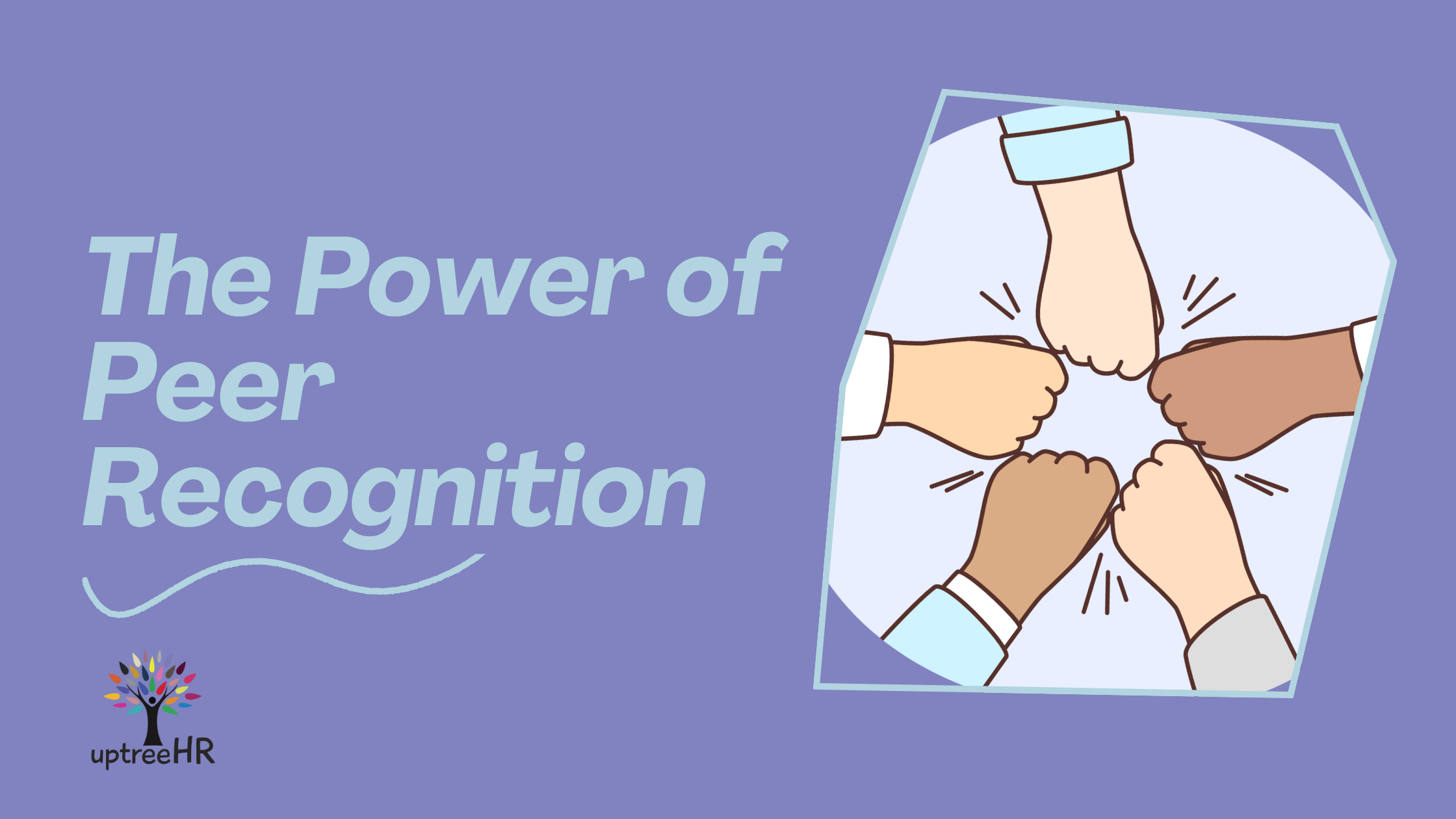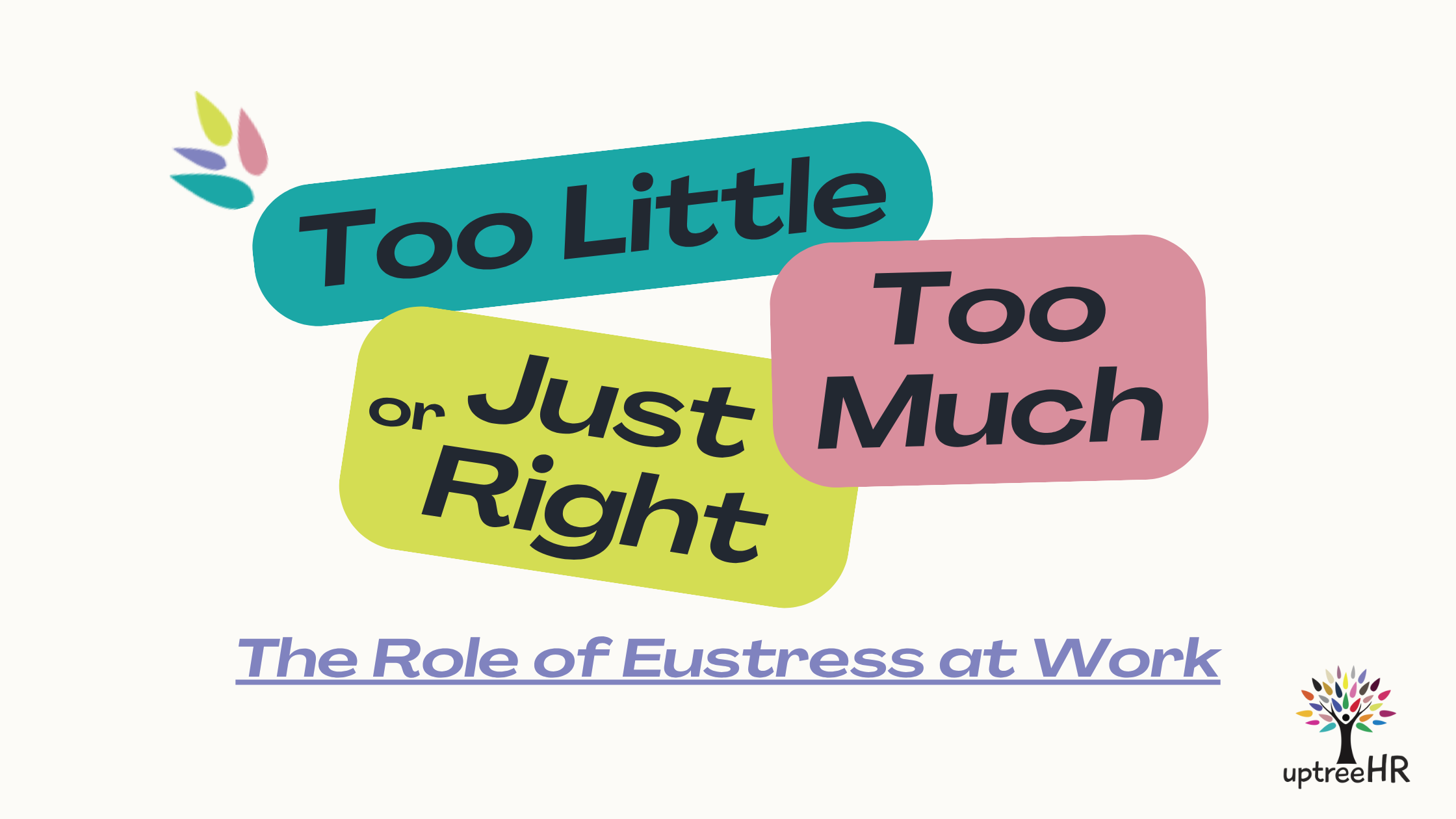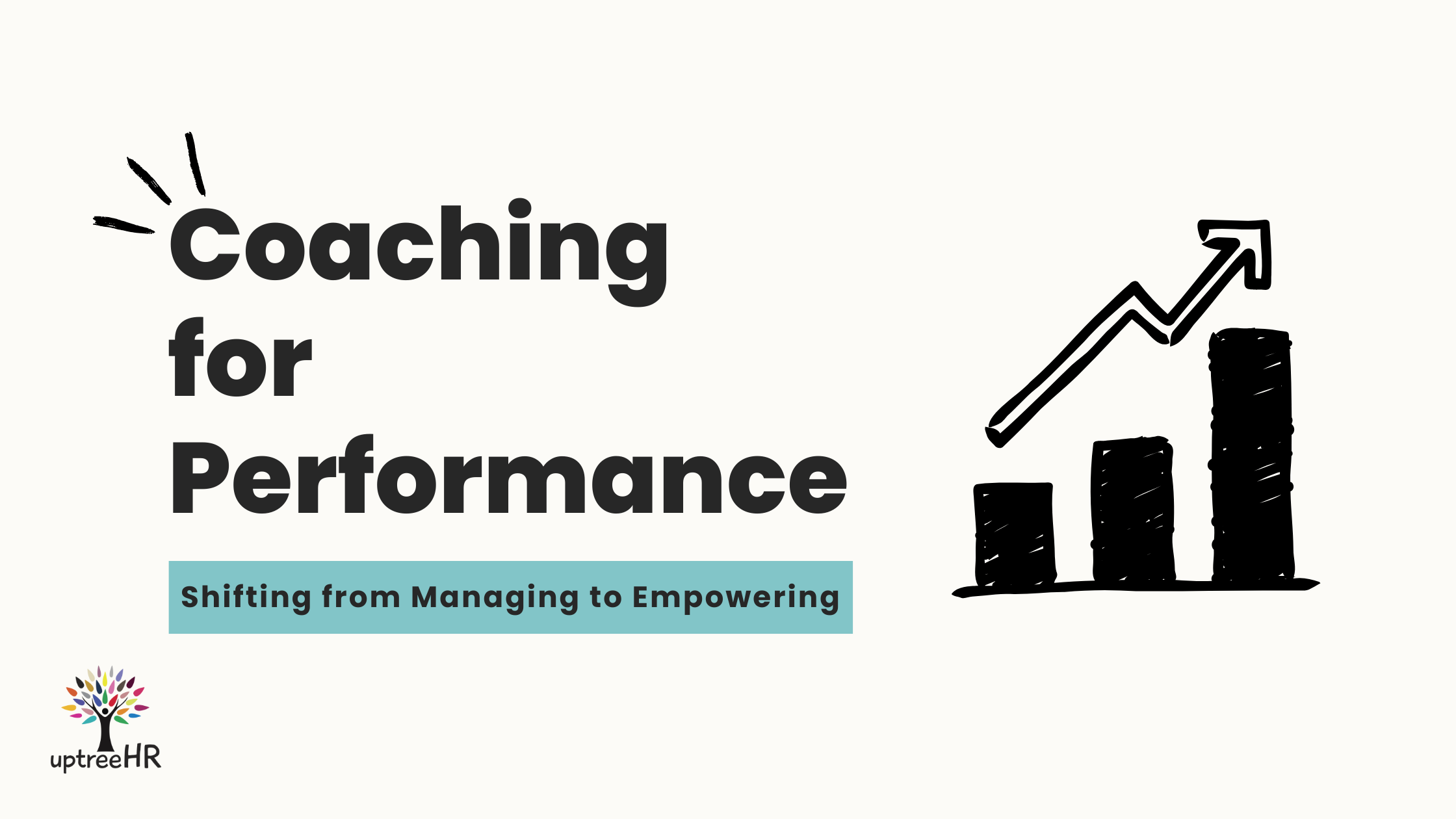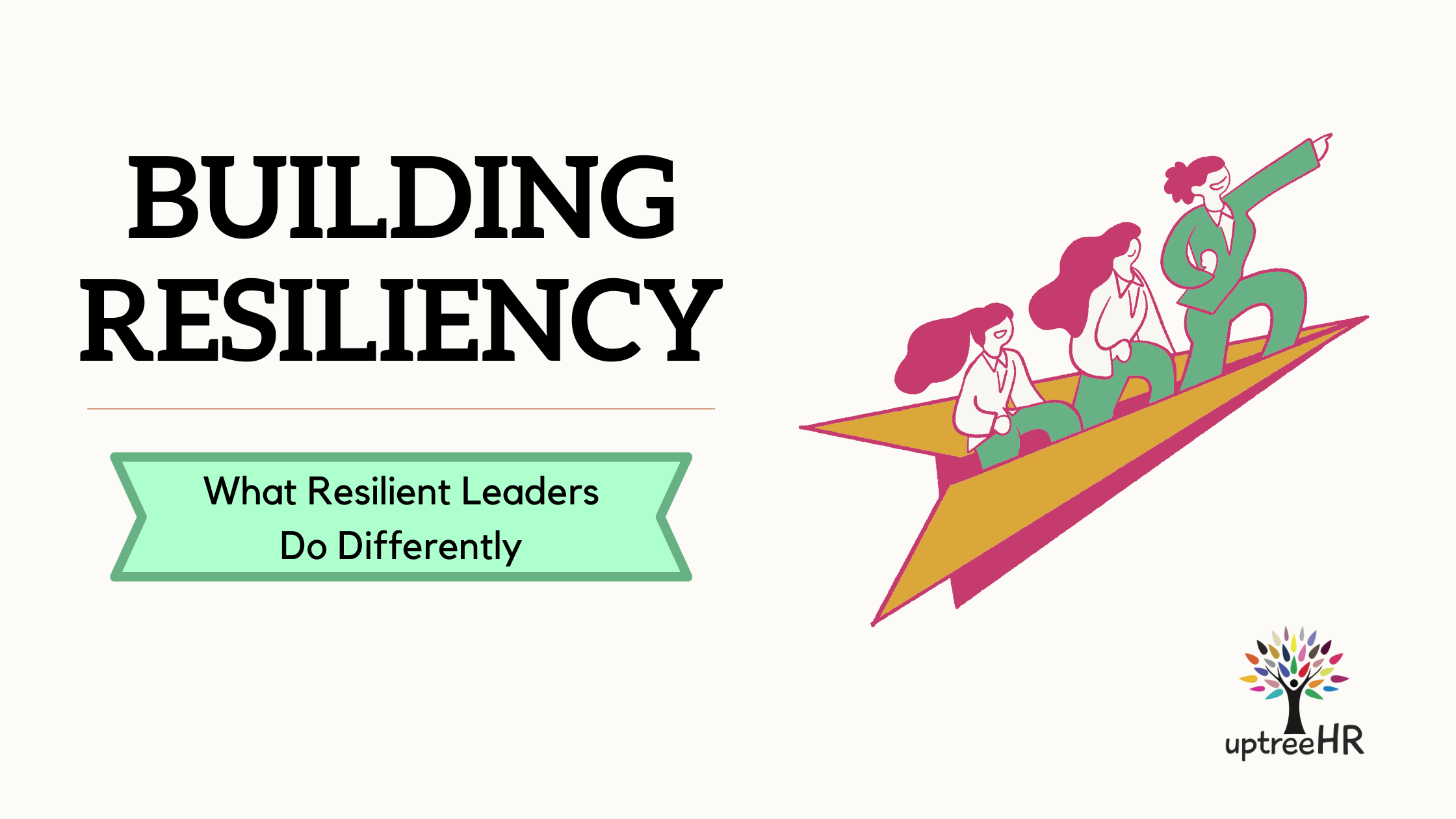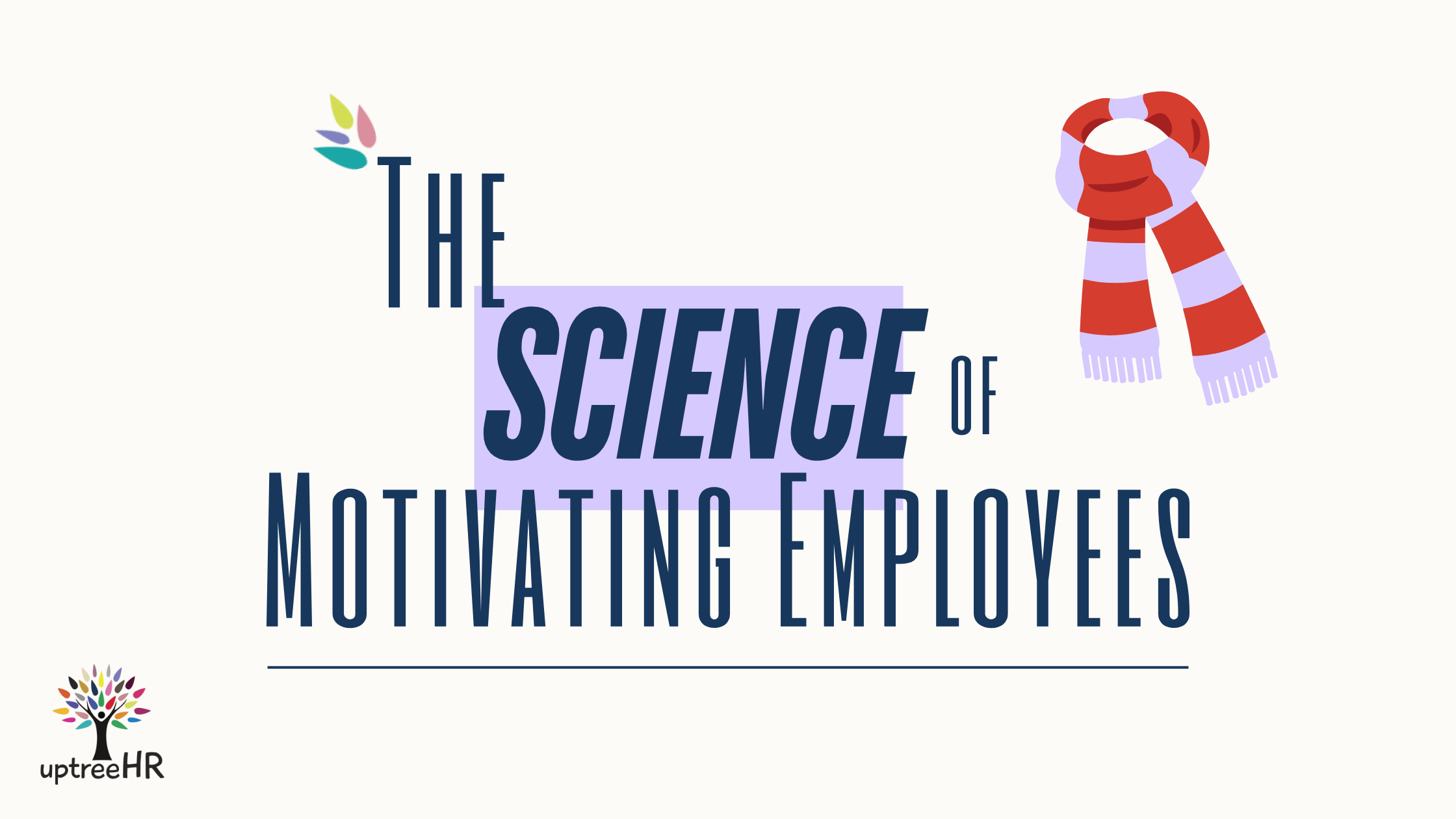
Working in HR, I often hear from managers who are looking for help boosting employee motivation, especially when there’s no room in the budget for raises.
The first thing I remind them is that the solution usually isn’t adding more perks or even increasing compensation. While money can certainly support retention by encouraging unhappy employees to stay, it doesn’t address the underlying motivation and engagement issues that made them consider leaving in the first place.
Let’s Get Scientific for a Second
I’m not a neuroscientist (there’s a reason I chose HR), but from the research, articles, and podcasts I’ve absorbed over the years, motivation is tied directly to how our brains work.
Specifically, motivation is tied to our brain’s “feel-good” chemicals, such as dopamine and serotonin, and the ones that stress us out, like cortisol.
With that in mind, we can motivate employees by doing more activities that trigger nice hormones, and avoiding the activities that trigger the not-so-nice ones.
So how do we figure out what workplace activities do what?
Thankfully, the NeuroLeadership Institute has spent years studying this exact question. Their research led to one of the most helpful models we have for understanding motivation at work: the SCARF model.
The SCARF Model Explained
Founded in research, there are five core domains that drive human motivation. Each person leans more heavily into some domains than others.
Here’s what each one means and how leaders can leverage them to drive employee motivation:
S – Status
Employees who are motivated by status like to feel that they stand out. It’s not necessarily about titles, but more about being valued for a job well done.
How to motivate them:
- Publicly acknowledge wins
- Give credit generously and consistently
C – Certainty
Employees who are motivated by certainty like to feel like they know what’s going to happen in the future at work. They like to be able to predict outcomes.
How to motivate them:
- Set clear expectations
- Explain the “why” behind decisions
- Communicate changes early and transparently
A – Autonomy
Employees who are motivated by autonomy like to be in control of their own actions and decisions at work.
How to motivate them:
- Offer flexibility (hours, work location, workspace)
- Let them make decisions about their tasks and workflow
R – Relatedness
Employees who are motivated by relatedness are fueled by deep connections in their lives. They prioritize team harmony and want to be the first person to include a new hire.
How to motivate them:
- Provide collaboration opportunities
- Use inclusive, “we-focused” language
- Foster team-building moments that feel natural, not forced
F – Fairness
Employees who are motivated by fairness want things to be equitable and transparent. They’ll be the first to speak up if something feels off.
How to motivate them:
- Follow performance processes consistently
- Apply rules evenly
- Be transparent about decisions
How to Apply SCARF With Your Team
If you want to use this model meaningfully, start by understanding which domains matter most to each employee. A few ways to do that include:
Observation: What behaviours stand out? Do they crave recognition? Ask a lot of clarifying questions? Seek independence?
Conversation: Share the SCARF model with them and ask, “Which of these feel true for you?” You can learn a lot just by asking.
Self-Assessment: The NeuroLeadership Institute offers a helpful quiz employees can take to see which domains drive them most.
Bringing It All Together
There is power in paying attention. If leaders understand each person’s needs in the SCARF domains, they can make small shifts in the way the team operates, which can have a huge impact on engagement and performance. You’ll be surprised at how quickly motivation grows when people feel understood!
Addy Smith, CPHR is an HR Partner at uptreeHR, an outsourced Human Resource department for small to medium-sized businesses. Addyand the team are based in Halifax, Nova Scotia.
To book a complimentary 30-minute consult with uptreeHR, click here.
Leave A Comment
I recently facilitated a team-building session at an organization’s annual staff retreat, and one [...]
When we think about stress at work, our minds often [...]
When I deliver team training on coaching for performance, I [...]
Change has become the constant in today’s workplace. Whether it’s [...]

